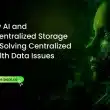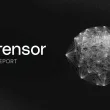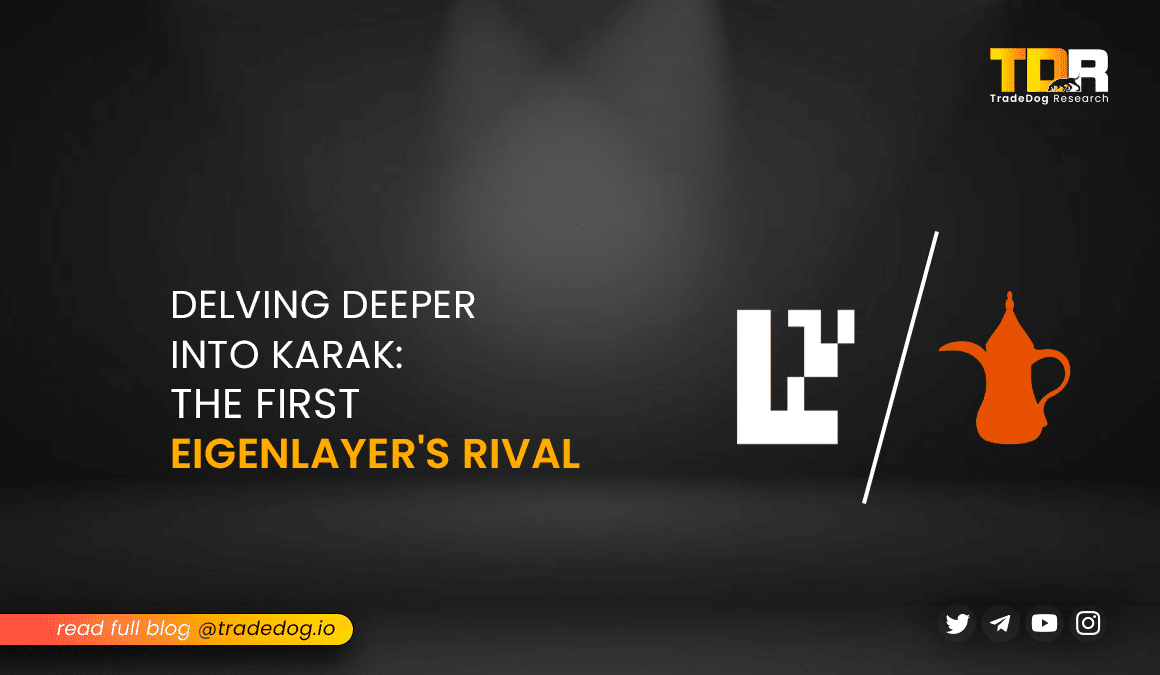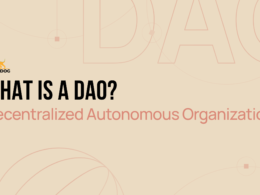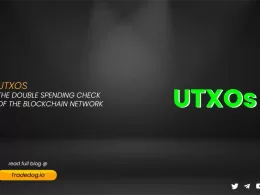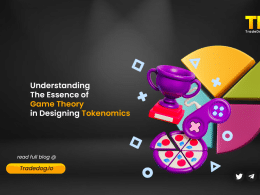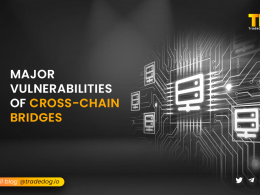Quick Links
Karak Network has emerged as a strong competitor to Eigen Layer, attracting significant interest with its ~ $48 Mn funding round in February 2024. Backed by prominent investors like Lightspeed, Mubadala, and Coinbase Ventures, the project has garnered significant traction with a TVL of more than ~ $1.07 Bn and a user base of more than ~ 72K..
What is Karak?
Similar to Eigen Layer, Karak Network is a blockchain project aiming to revolutionize how developers secure their protocols. It introduces a concept called the “universal restaking layer,” allowing multiple assets to contribute to the overall security of the ecosystem.
Here’s a breakdown of Karak’s core functionalities:
- Simplified Security for Developers: Developers can leverage Karak’s restaking model to secure their projects without creating and rewarding their validator sets. This reduces the cost and complexity of securing new applications.
- Multi-Asset Restaking: Karak supports the restaking of various assets, including Ethereum (ETH), stablecoins, and even liquid staking tokens (LSTs).
How Does Karak Work?
- Repurposing Staked Assets: You can lock your staked assets (like ETH) into a “Distributed Secure Service” (DSS) on Karak. You can think of DSS as a securing service for other blockchain applications.
- Rewards Program: By staking your assets, you accept the risk of potential DSS malfunctions. In exchange, you have the opportunity to earn extra rewards from developers utilizing the DSS.
- Marketplace for Security: Karak acts like a marketplace. Developers who need extra security for their applications can come here and offer rewards to attract validators who have already staked assets on Karak. This saves developers time and money compared to building their security system from scratch.
- Universal Staking: Karak even allows you to lock in “liquid staking tokens” (LSTs) from other protocols. This means your staked assets on other networks can contribute to security on Karak, making the whole system more efficient.
Benefits
- Reduced Security Costs for Developers: Karak eliminates the need for developers to create and manage their own validator sets, significantly reducing the cost and complexity of securing new blockchain projects.
- Enhanced Security: Karak’s “universal restaking layer” broadens the pool of assets that can contribute to security. This diversification strengthens the overall security of the ecosystem compared to relying on a single network’s validators.
- Interoperability: Karak promotes interoperability by enabling assets from various blockchains (ETH, stablecoins, LSTs) to contribute to security. This fosters a more interconnected blockchain environment.
- Boosted Yields for Users: Users can potentially earn higher yields on their staked assets compared to traditional staking methods due to additional rewards from network fees generated by the Karak protocol.
- K2 Layer: Karak’s dedicated L2 infrastructure, K2, provides a secure testing ground for developers, minimizing potential security risks by allowing them to refine their applications before deployment on the mainnet.
Drawbacks
- Complexity: Karak’s system with multiple layers (universal restaking, DSS, K2) can be complex for new users to understand.
- New Technology: Karak is a relatively new project with an innovative approach. The long-term success and security of the platform remain to be proven.
- Potential Slashing Risks: As with any staking protocol, there’s a risk of validator slashing, which could lead to loss of staked assets. This risk could be amplified by the inclusion of Liquid Staking Tokens (LSTs) which inherit slashing risks from their underlying protocols.
- Dependence on Validators: Like any blockchain network, Karak relies on a healthy validator set for security. If the validator set is compromised, the entire network could be at risk.
- “Vampire Attacks” (Speculative): Some speculate that Karak could potentially launch “vampire attacks” to attract users who have already staked assets on other protocols like EigenLayer. This could lead to instability in the broader DeFi ecosystem.
Karak vs. Eigenlayer
Both Karak and EigenLayer are emerging players in the blockchain space, aiming to revolutionize security through restaking. However, they take distinct approaches:
| Basis | Karak | EigenLayer |
| Asset Focus | Multi-asset (ETH, stablecoins, LSTs) | Single-asset (ETH) |
| Security Infrastructure | K2 Layer (L2) | Ethereum Mainnet |
| Security Model | Interoperable, broader security base | Deep specialization in Ethereum security |
| Benefits for Developers | Reduced security costs, flexibility | Streamlined experience within the Ethereum ecosystem |
| Benefits for Users | Potentially higher yields, multi-asset restaking | Simpler experience for Ethereum users |
| Potential Drawbacks | Complexity for new users, new technology | Limited asset support, less flexibility |
My Take on Karak’s Future
Despite the looming shadow of a potential “vampire attack” targeting EigenLayer, Karak’s future appears bright. Their impressive achievement of reaching a TVL of ~ $1 Bn within just six months signifies strong user adoption and a growing confidence in the platform. What truly excites me about Karak’s potential as a major player in the restaking space is their distinct advantage. Unlike EigenLayer, Karak has its own execution layer (K2). This independence positions them as a direct competitor, not just a follower replicating existing models.
While Karak might not completely dethrone EigenLayer, it has the potential to carve out a significant market share as a leading restaking protocol. Its innovative approach and impressive early traction suggest a promising future. The competition between Karak and EigenLayer will likely drive further development in the restaking space, ultimately benefiting the entire blockchain security landscape.

